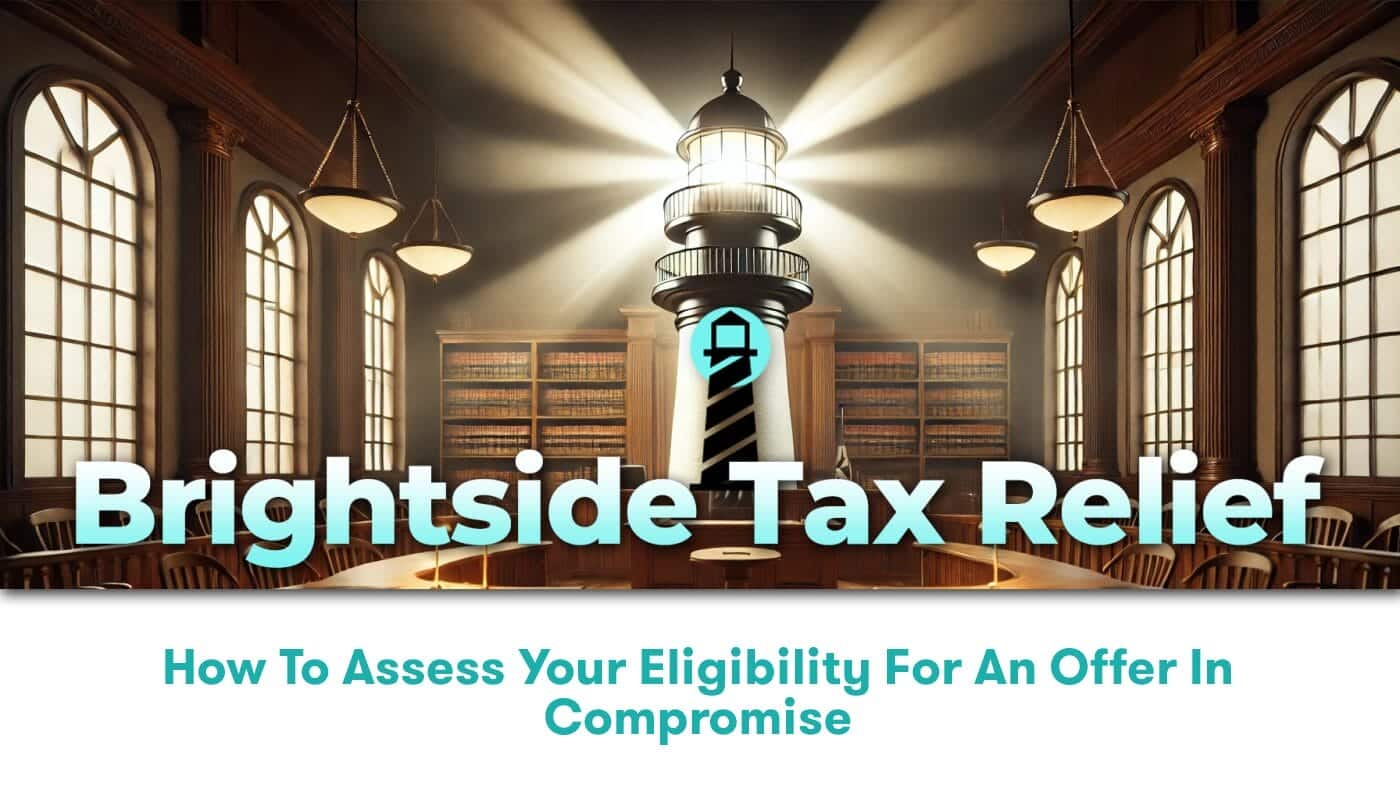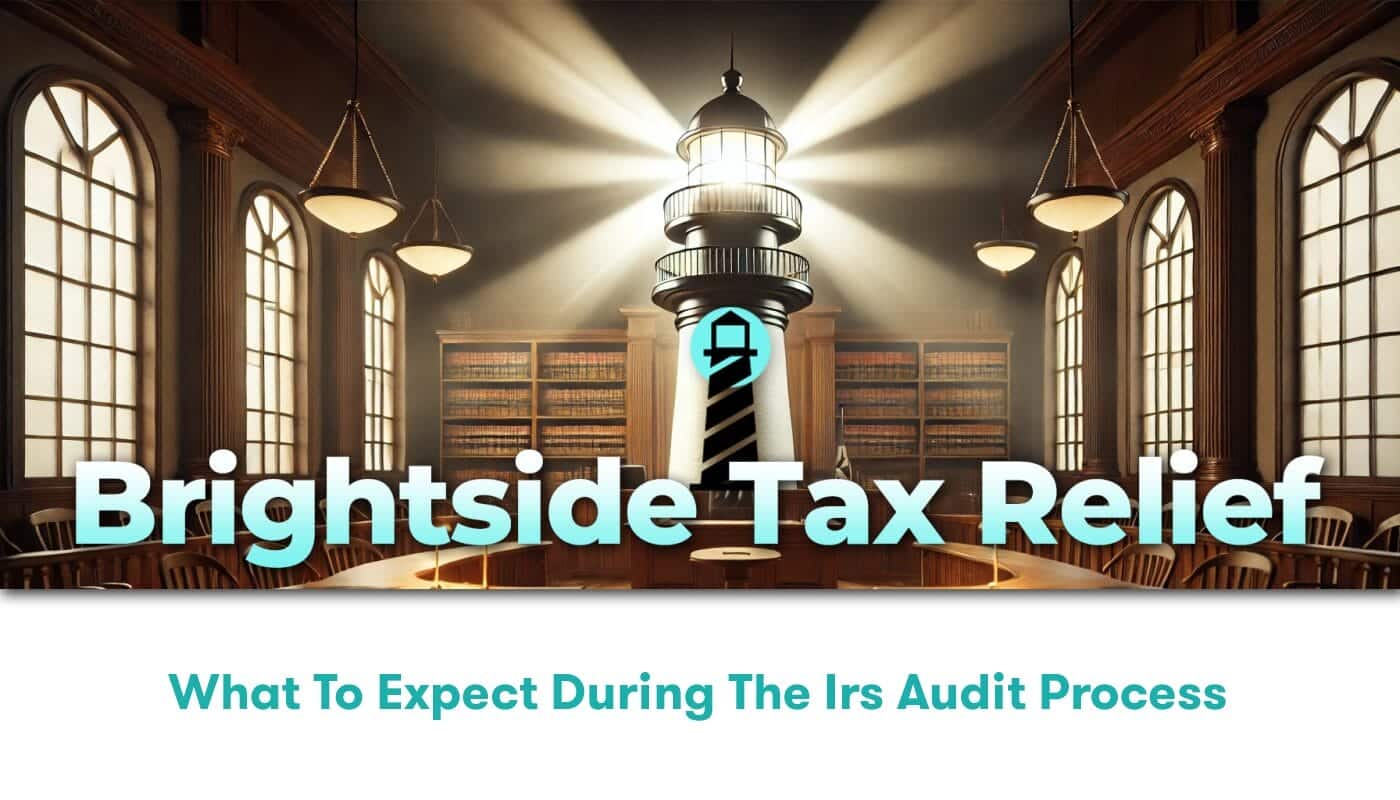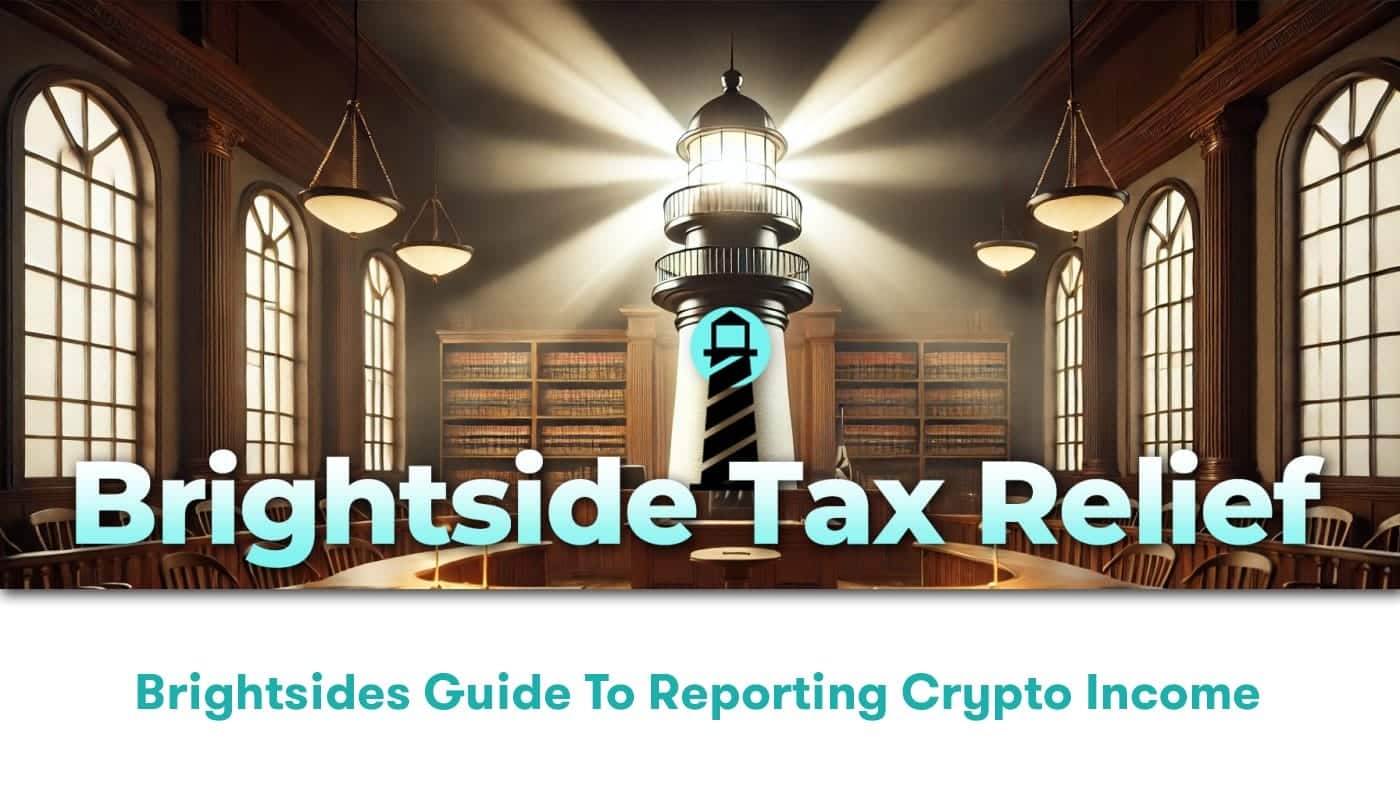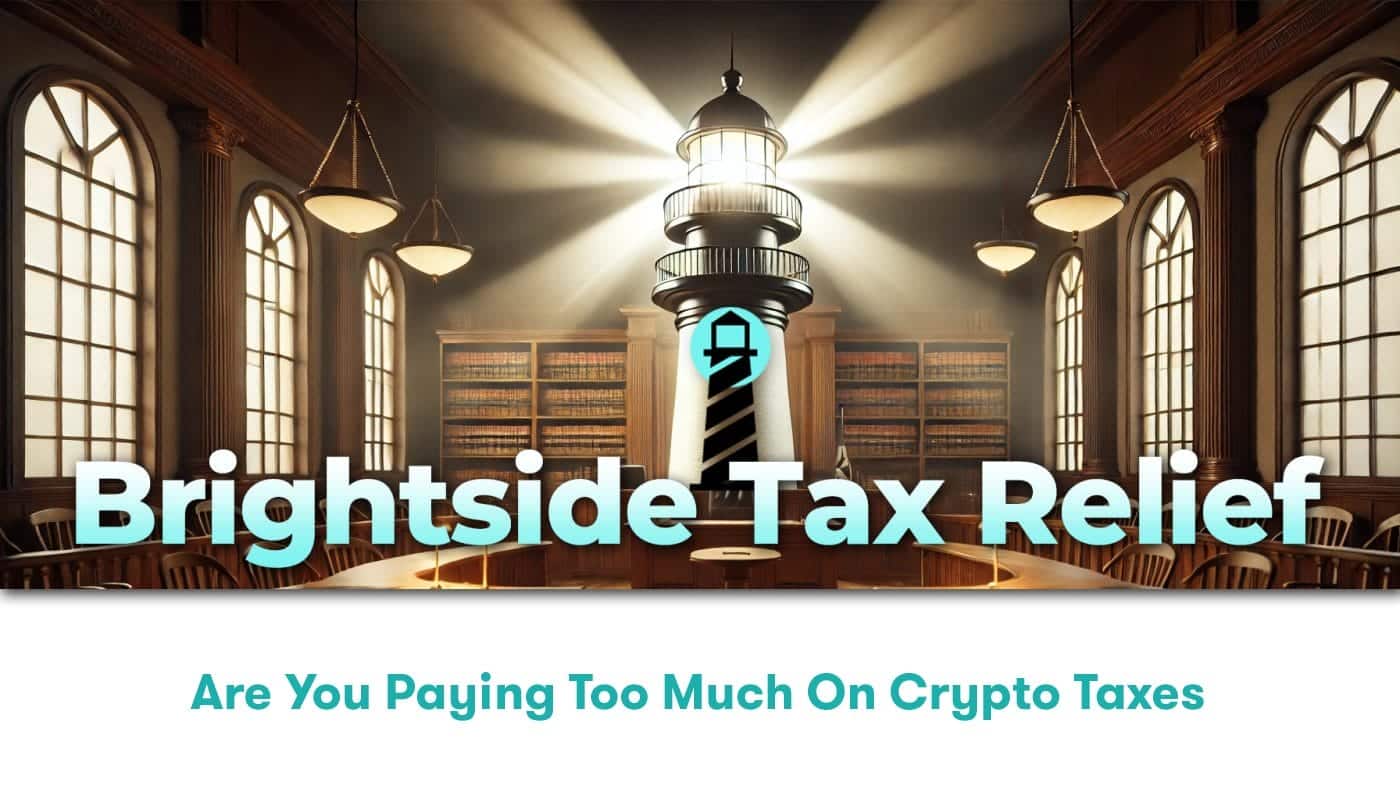Unraveling the IRS Olive Branch: Is an Offer in Compromise Your Golden Ticket?
Picture this: you’re drowning in a sea of tax debt, gasping for air, when suddenly, a lifeline appears on the horizon. That lifeline? The IRS Offer in Compromise (OIC) program. It’s not a myth, folks—it’s a real opportunity to settle your tax debt for less than you owe. But before you start planning your debt-free party, let’s pump the brakes and dive into the nitty-gritty of OIC eligibility.
First things first, the OIC isn’t a get-out-of-jail-free card for everyone with a tax bill. The IRS isn’t in the business of handing out freebies (shocking, we know). They’re looking for folks who genuinely can’t pay their full tax liability, either now or in the foreseeable future. Think of it as the tax world’s version of “The Price is Right”—you’ve got to get as close as possible without going over your ability to pay.
So, how do you know if you’re a contender for this financial tug-of-war with the IRS? It all boils down to your assets, income, and expenses. The IRS will put your financial life under a microscope, examining everything from your bank accounts to your vintage comic book collection. They’re trying to determine your “reasonable collection potential” (RCP)—a fancy term for how much they think they can squeeze out of you over time.
Crunching Numbers and Crossing T’s: Your OIC Eligibility Roadmap
Now that we’ve set the stage, let’s roll up our sleeves and get into the nitty-gritty of assessing your OIC eligibility. It’s like preparing for a financial colonoscopy—not pleasant, but necessary if you want relief.
First up: the “Currently Not Collectible” (CNC) status. If you’re in such dire financial straits that paying anything toward your tax debt would leave you unable to meet basic living expenses, you might qualify for CNC status. This isn’t the same as an OIC, but it’s a good indicator that you might be eligible. Think of it as the tax debt equivalent of being “too poor to pay”—not a great situation, but it might just be your ticket to OIC consideration.
Next, let’s talk assets. The IRS will look at everything you own with the cold, calculating eye of a seasoned poker player. Your home, car, retirement accounts, that dusty exercise equipment you swore you’d use—it’s all fair game. They’ll assess the equity in these assets and factor it into your RCP. If your assets could cover your tax debt, don’t hold your breath for an OIC approval.
Income is another crucial factor. The IRS will examine your earnings with the intensity of a detective in a crime thriller. They’re not just looking at your paycheck, but also any investments, rental income, or that side hustle selling artisanal sock puppets on Etsy. They’ll compare this to your necessary living expenses to determine how much disposable income you have available to pay your tax debt.
Brightside Tax Relief: Your Local Lighthouse in the Stormy Seas of Tax Debt
Now, you might be thinking, “Great, I need to become a financial Sherlock Holmes to figure out if I’m eligible for an OIC.” But fear not, dear taxpayer, because that’s where Brightside Tax Relief swoops in like a caped crusader of the tax world.
Why choose Brightside? Well, for starters, we’re not just a faceless national corporation—we’re your neighbors, your local tax relief superheroes. We understand the unique financial landscape of your area, from the cost of living to the local job market. This local insight gives us an edge in crafting an OIC proposal that’s tailored to your specific situation.
But our local advantage goes beyond just knowing the territory. We’re invested in our community, which means we’re not just fighting for a successful OIC—we’re fighting for you, your family, and your financial future. When you walk into our office, you’re not just another case number. You’re a valued member of our community, and we’ll treat you with the personalized attention and care you deserve.
Our team of tax relief experts has seen it all, from simple cases to financial puzzles that would make Einstein scratch his head. We’ve got the experience and know-how to navigate the complex maze of IRS regulations and procedures. Think of us as your personal tax sherpas, guiding you through the treacherous terrain of OIC eligibility and submission.
Why Brightside Tax Relief Shines in the OIC Eligibility Assessment Arena
When it comes to navigating the complex waters of Offer in Compromise (OIC) eligibility, Brightside Tax Relief stands out as a beacon of hope for taxpayers nationwide. With their extensive experience and deep understanding of the IRS’s intricate OIC process, Brightside Tax Relief has become the go-to choice for those seeking to assess their eligibility for this tax relief option.
One of the key reasons why Brightside Tax Relief excels in this area is their team of seasoned tax professionals. These experts have honed their skills through years of hands-on experience, dealing with a wide array of tax situations and OIC cases. They’ve seen it all, from simple tax debts to complex financial entanglements, and they bring this wealth of knowledge to every client’s case. This means that when you work with Brightside, you’re not just getting a generic assessment – you’re benefiting from a nuanced understanding of how the IRS evaluates OIC applications.
Moreover, Brightside Tax Relief employs cutting-edge technology and proprietary tools to enhance their OIC eligibility assessments. These advanced systems allow them to analyze your financial situation quickly and accurately, taking into account all the factors that the IRS considers when evaluating an OIC application. This tech-savvy approach, combined with their human expertise, ensures that you receive a comprehensive and realistic assessment of your chances for OIC approval.
Burning Questions: Your OIC Eligibility FAQs Answered
When it comes to Offer in Compromise eligibility, taxpayers often find themselves swimming in a sea of questions. Let’s dive into some of the most frequently asked questions and provide you with the clarity you need to move forward confidently.
One common question is, “How much tax debt do I need to have to qualify for an OIC?” The truth is, there’s no specific minimum amount. The IRS considers each case individually, focusing more on your ability to pay rather than the size of your debt. However, it’s generally more likely for larger tax debts to be considered for an OIC, as the IRS may view smaller debts as collectible through other means.
Another burning question is, “Will my assets affect my OIC eligibility?” Absolutely! The IRS takes a close look at your assets when evaluating your OIC application. This includes not just your bank accounts and investments, but also things like your home equity, vehicles, and other valuable possessions. The idea is to determine if you have the means to pay your tax debt in full. If your assets suggest you could pay the full amount, even if it would cause financial hardship, your OIC might be rejected.
Many taxpayers also wonder, “How does my income factor into OIC eligibility?” Your current and future income play a crucial role in the IRS’s decision. They’ll look at your earnings to determine if you could potentially pay off your tax debt over time through an installment agreement. If your income suggests you could pay the full amount within the collection statute expiration date (usually 10 years from the date the tax was assessed), your OIC might be denied. However, if your income is low relative to your living expenses and tax debt, it could strengthen your case for an OIC.
Charting Your Course: Next Steps with Brightside Tax Relief
Now that you’ve gained some insight into the OIC eligibility process, you might be wondering, “What’s next?” Well, buckle up, because your journey with Brightside Tax Relief is about to begin, and it’s smoother than a freshly paved highway.
Your first step is to reach out to Brightside Tax Relief. You can do this by calling their friendly team at 844-638-0800. Don’t worry, they won’t bite! In fact, they’re known for their approachable and understanding demeanor. During this initial contact, you’ll have the opportunity to briefly discuss your situation and schedule a more in-depth consultation.
Once you’ve set up your consultation, it’s time to gather your financial information. This includes details about your income, expenses, assets, and liabilities. Don’t stress if you’re not sure exactly what you need – the Brightside team will guide you through this process, ensuring you have all the necessary documentation. They’re like financial detectives, helping you uncover and organize all the clues that will build your case for OIC eligibility.
During your consultation, a Brightside Tax Relief expert will review your financial situation in detail. They’ll ask probing questions, not to be nosy, but to gain a comprehensive understanding of your circumstances. This thorough approach allows them to provide an accurate assessment of your OIC eligibility and to explore all potential tax relief options. It’s like having a financial doctor give you a complete check-up, diagnosing your tax health and prescribing the best treatment plan.





